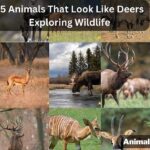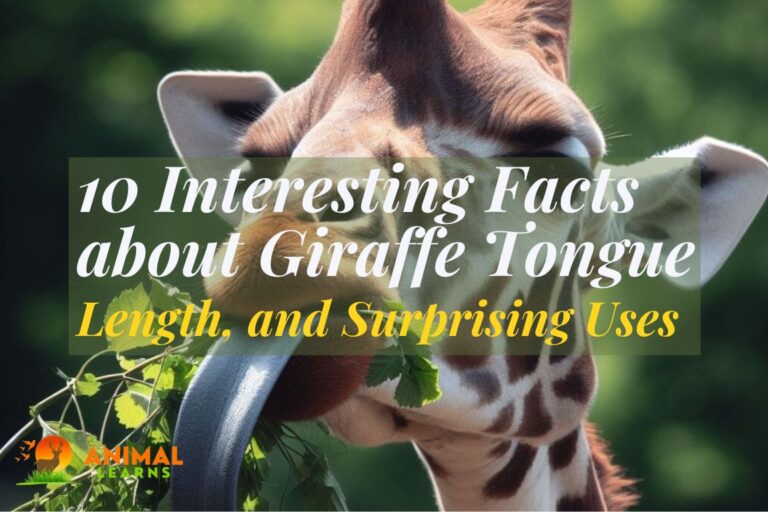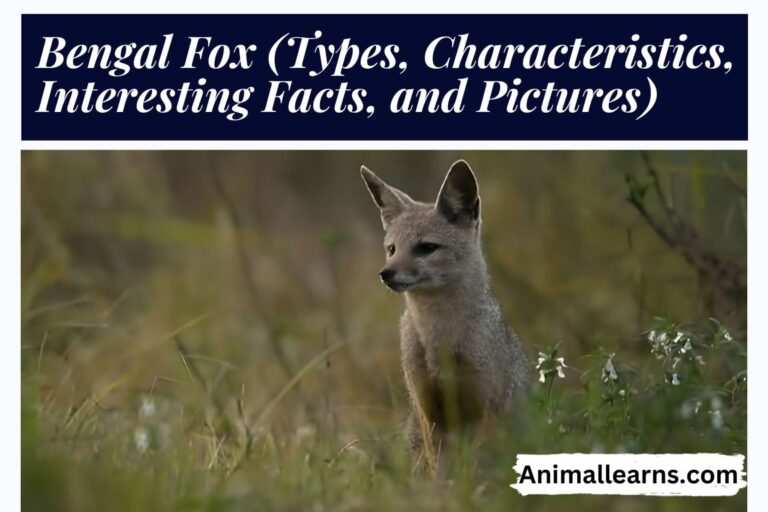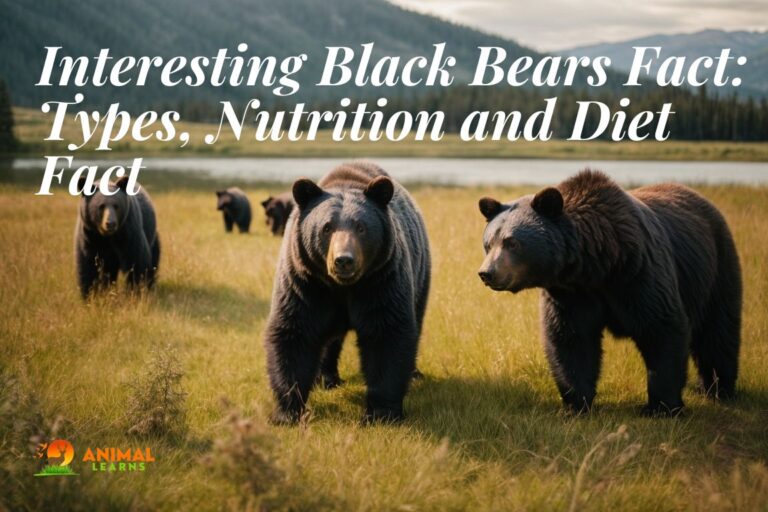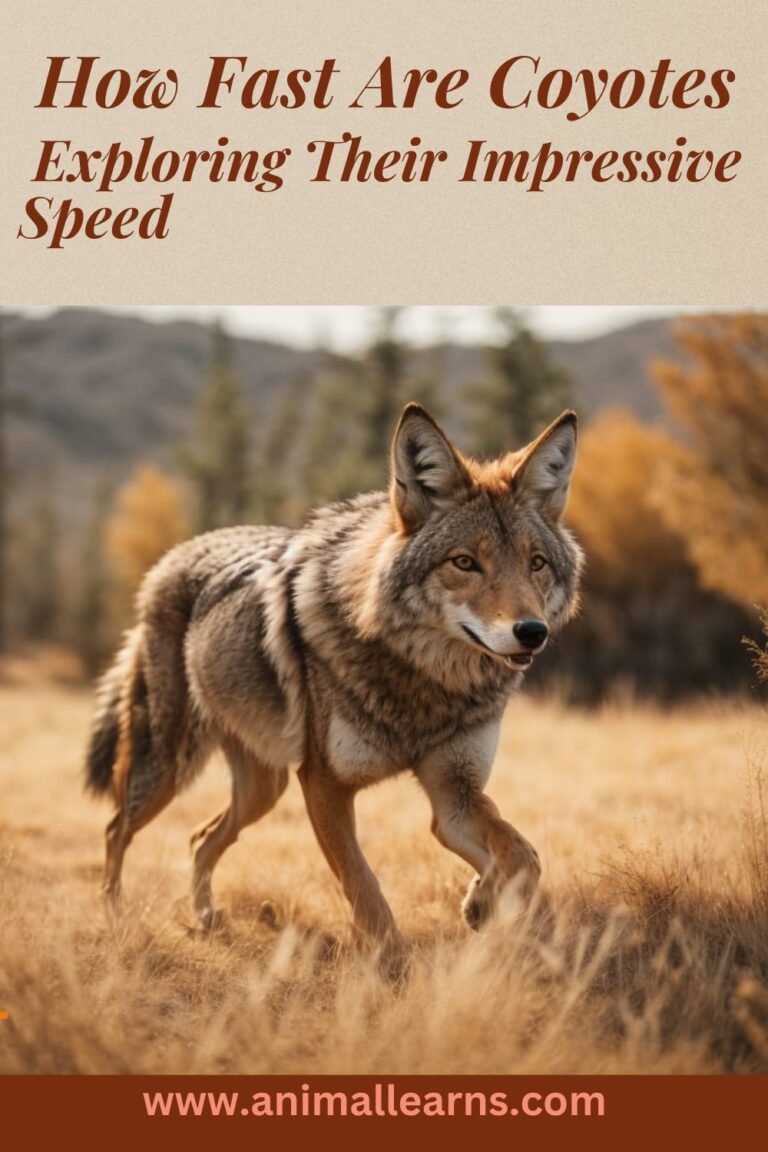35 Beautiful Skinny Animals

The animal kingdom is a diverse and amazing place, where you can find skinny animals in all kinds of habitats. They may be part of different families, but they have a similar body type: a thin physique that we will investigate in this article.
The world of wildlife is an incredible place, where you can encounter animals that look like us or astonish us with their originality. These svelte animals are experts in adaptation, coping with their situations with skill. They contribute to the gorgeous and complex image of life that Mother Nature draws with her boundless inspiration.
Nature showcases a fascinating diversity of body types among its inhabitants, and while some animals are robust and muscular, others are naturally slender. Naturally Skinny Animals are those that possess lean physiques as an adaptation to their habitats and lifestyles.
When we explore What Animals Are Skinny, we discover a rich array of creatures, many of which can be found in various ecosystems worldwide. Below is a Skinny Animals List featuring some of the most intriguing examples of these animals, including Very Skinny Animals and Really Skinny Animals, some of which are undeniably Cute Skinny Animals.
Skinny Animals
Contents
- 1 Skinny Animals
- 1.1 Giraffe
- 1.2 Okapi
- 1.3
- 1.4 Meerkat
- 1.5 Squirrel
- 1.6 Ferret
- 1.7 Greyhound
- 1.8 Whippet
- 1.9 Aardvark
- 1.10 Lemur
- 1.11 Weasel
- 1.12 Pronghorn
- 1.13 Wallaby
- 1.14 Kangaroo
- 1.15 Antelope
- 1.16 Cheetah
- 1.17 Siamese Cat
- 1.18 Ocelot
- 1.19 Mongoose
- 1.20 Pangolin
- 1.21 Jerboa
- 1.22 Gibbon
- 1.23 Fennec Fox
- 1.24 Gerbil
- 1.25 Stoat
- 1.26 Armadillo
- 1.27 Pika
- 1.28 Capybara
- 1.29 Bilby
- 1.30 Tarsier
- 1.31 Maned Wolf
- 1.32 Hyrax
- 1.33 Genet
- 1.34 Binturong
- 1.35 Kinkajou
- 2 Exploring Skinny Animal Characteristics
- 3 Conclusion
- 4 FAQs
- Giraffe
- Okapi
- Fossa
- Meerkat
- Squirrel
- Ferret
- Greyhound
- Whippet
- Aardvark
- Lemur
- Weasel
- Pronghorn
- Wallaby
- Kangaroo
- Antelope
- Cheetah
- Siamese Cat
- Ocelot
- Mongoose
- Pangolin
- Jerboa
- Gibbon
- Fennec Fox
- Gerbil
- Stoat
- Armadillo
- Pika
- Capybara
- Bilby
- Tarsier
- Maned Wolf
- Hyrax
- Genet
- Binturong
- Kinkajou
Giraffe
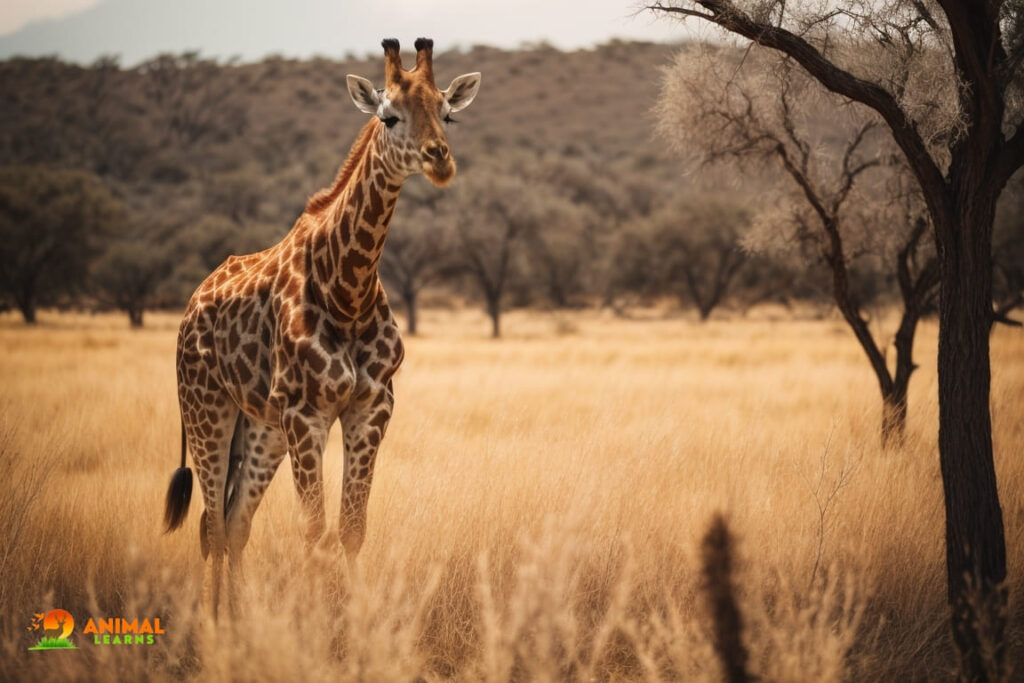
Scientific Name: Giraffa camelopardalis
Size: 15 to 18 feet (4.5 to 5.5 meters) tall
Weight: 1,600 to 3,000 pounds (700 to 1,400 kilograms)
Location: Native to Africa, found in savannas and woodlands in various African countries.
Giraffes are the tallest animals on land and icons of the African savannah. They have skinny legs and necks that let them reach high for leaves. Their diet is mostly foliage. Giraffes are strong and graceful, showing nature’s amazing design.
Okapi
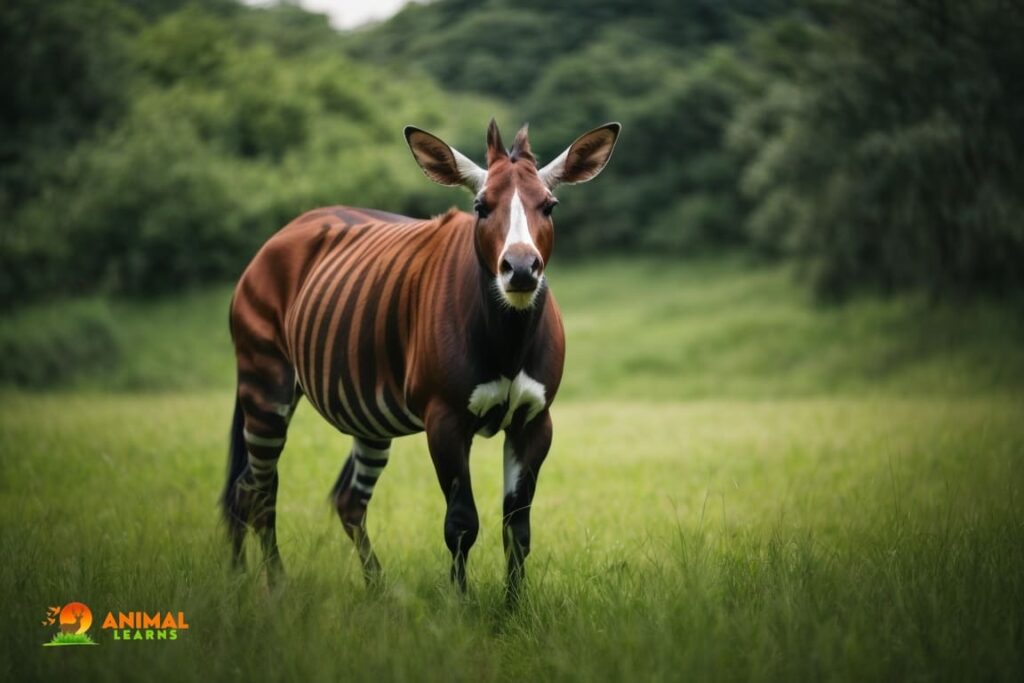
Scientific Name: Okapia johnstoni
Size: About 5 to 6 feet (1.5 to 1.8 meters) tall at the shoulder
Weight: Approximately 440 to 770 pounds (200 to 350 kilograms)
Location: Native to the dense rainforests of the Democratic Republic of Congo in Central Africa.
Okapis are giraffes’ cousins that live in Central Africa’s rainforests. They have skinny bodies and long necks, but also zebra-like stripes. Their dark coat helps them hide in the forest. Okapis are agile and adaptable, showing nature’s wonderful variety.
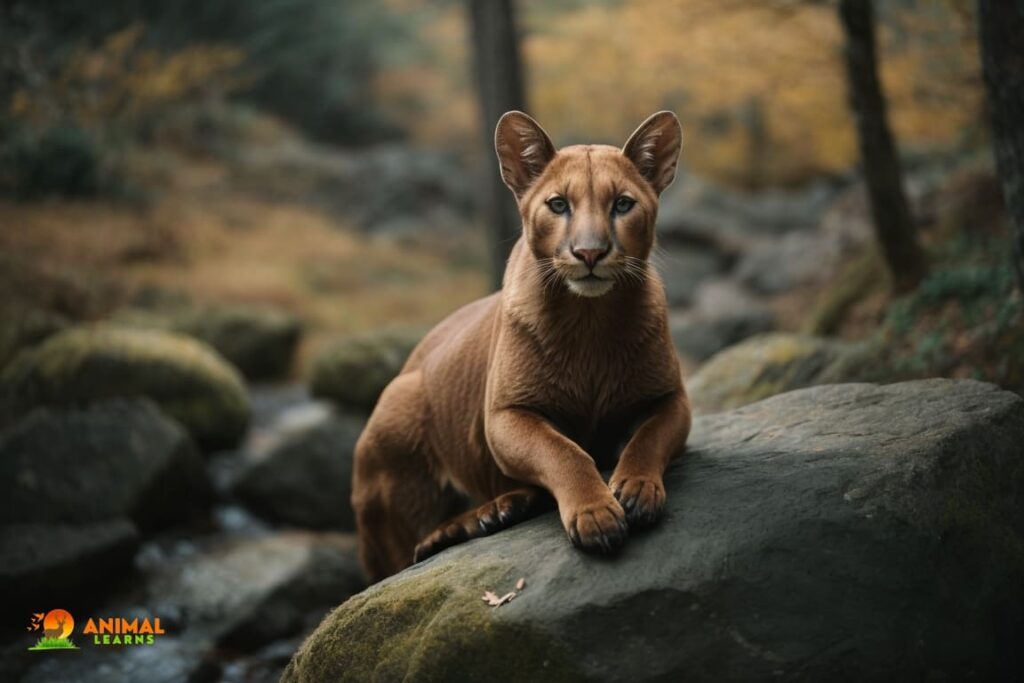
Scientific Name: Cryptoprocta ferox
Size: Approximately 24 to 31 inches (60 to 80 cm) in body length with a tail length of 20 to 24 inches (50 to 60 cm)
Weight: Typically between 13 to 26 pounds (6 to 12 kg)
Location: Found only in Madagascar, primarily in forested regions.
The fossa, like other skinny animals, is a unique carnivore that only lives in Madagascar. It looks like a cat-mongoose hybrid, with a long body and tail. It climbs trees and hunts animals like lemurs, birds, and small mammals. The fossa is a top predator in Madagascar, thanks to its sleek body and sharp skills.
Meerkat
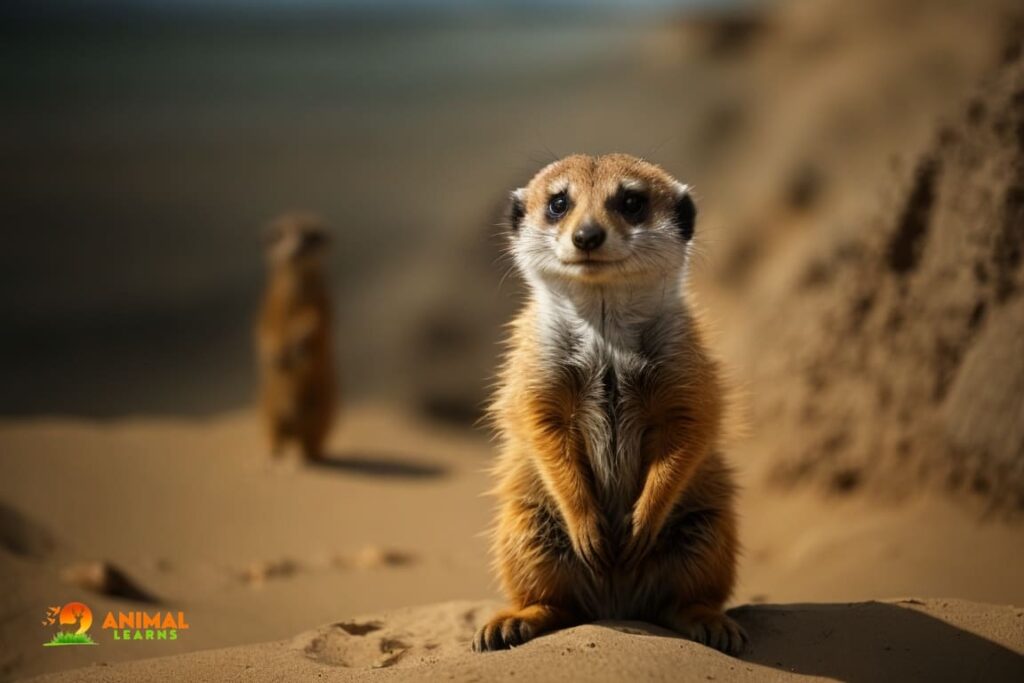
Scientific Name: Suricata suricatta
Size: About 10-12 inches (25-30 cm) tall
Weight: 2-3 pounds (0.9-1.4 kg)
Location: Found in southern Africa, mainly in deserts and grasslands.
Meerkats are tiny but tough mammals that belong to the mongoose family. They have skinny bodies that help them dig and live in the dry lands of Africa. They are very social and like to stay together in groups.
They take turns to stand up on their back legs and look out for danger or food with their sharp eyes. Meerkats can move fast through the sand and find their way into their complicated underground homes.
Squirrel
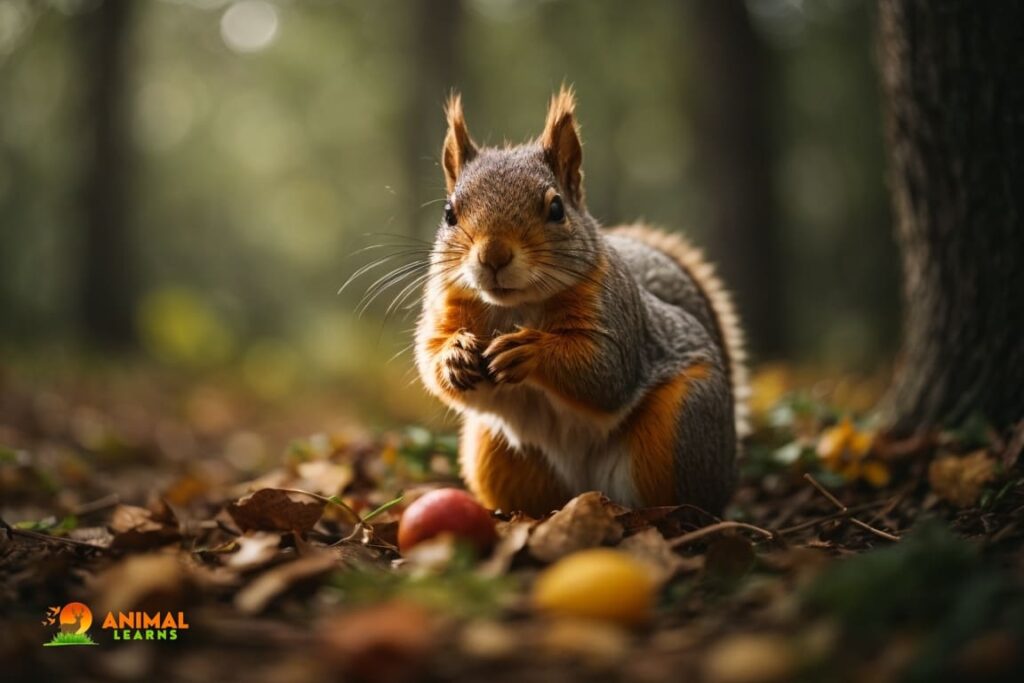
Scientific Name: Various species
Size: Typically 6-12 inches (15-30 cm) long
Weight: Varies by species, ranging from 0.5 to 1.5 pounds (0.2-0.7 kg)
Location: Squirrels are found in various habitats worldwide, including forests, urban areas, and parks.
Squirrels are nimble, tree-loving rodents with lean bodies and fluffy tails. They use their slender physique to zip through trees and branches as they look for nuts and seeds to eat. They have sharp claws and keen senses that help them keep their balance and show off their acrobatic skills while jumping through the treetops.
Ferret

Scientific Name: Mustela putorius furo
Size: About 13-16 inches (33-41 cm) long
Weight: 1-4 pounds (0.5-1.8 kg)
Location: Domesticated ferrets are found worldwide as pets. Wild European polecats are their closest relatives and are found in parts of Europe.
Ferrets are tame meat-eating mammals with long, skinny bodies and a fun-loving personality. They have a slender appearance that lets them squeeze into small spaces, which is why people used them to hunt rabbits and rodents in the past. Ferrets’ flexible bodies and curious nature have also made them cute pets.
Greyhound
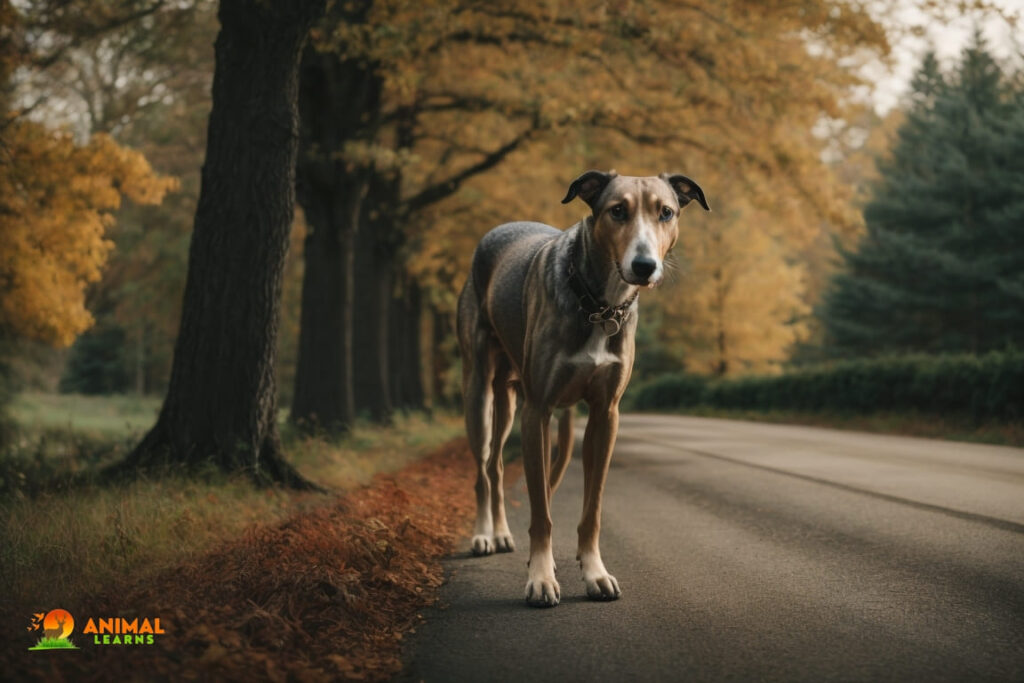
Scientific Name: Canis lupus familiaris
Size: About 25-30 inches (63-76 cm) tall at the shoulder
Weight: Typically 60-70 pounds (27-32 kg)
Location: Domesticated breed, found globally. Known for their speed and are used in dog racing.
Greyhounds are known for their lean and slender bodies made for speed. These graceful dogs have a smooth shape, with long legs and a narrow chest. They are one of the fastest dog breeds, able to reach speeds of up to 45 miles per hour in short bursts. Greyhounds’ skinny physique reduces air resistance, making them great at racing.
Whippet

Scientific Name: Canis lupus familiaris
Size: About 18-22 inches (46-56 cm) tall at the shoulder
Weight: Typically 20-40 pounds (9-18 kg)
Location: Domesticated breed, primarily used for racing and as pets.
Whippets are similar to greyhounds, but smaller and lighter. They have a skinny, elegant physique that comes from their racing ancestry. They are sometimes called “poor man’s greyhounds” because of their smaller size. Whippets are quick and good at dog sports like lure coursing, where their slim bodies help them run through courses with ease.
Aardvark
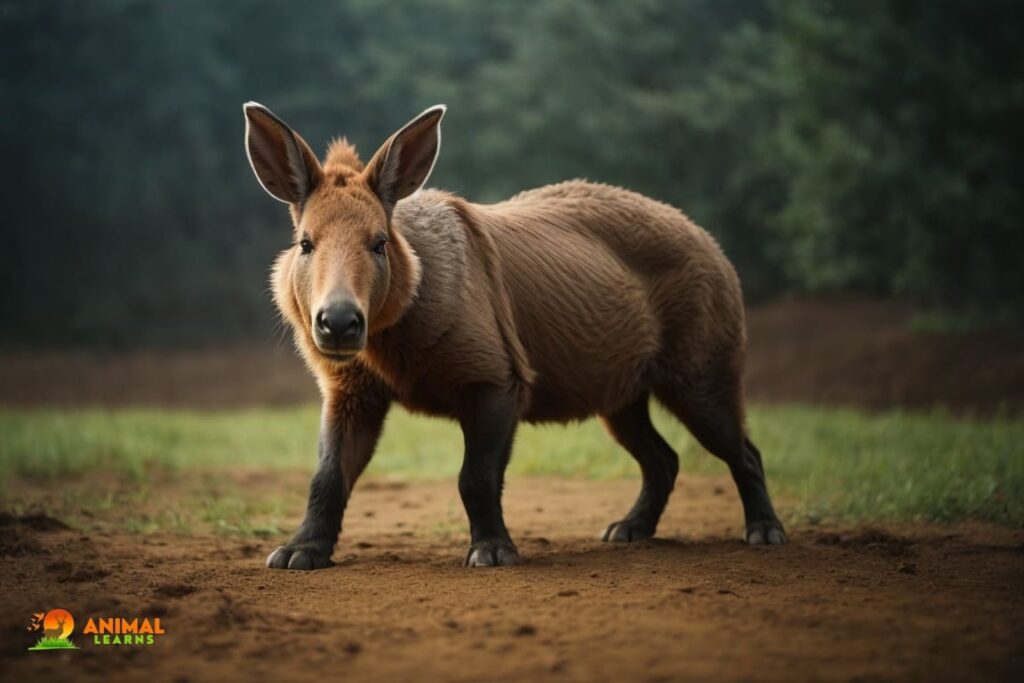
Scientific Name: Orycteropus afer
Size: About 3.3-4.3 feet (1-1.3 meters) long
Weight: 110-180 pounds (50-82 kg)
Location: Native to Africa, found in savannas and grasslands.
The aardvark is a strange-looking, skinny mammal that lives in Africa. It has a long, tube-like body and a long nose that it uses to eat ants and termites. Its slender frame is good for digging burrows and using its long, sticky tongue to catch insects in their underground tunnels.
Lemur

Scientific Name: Various species (e.g., Lemur catta)
Size: Ranges from 5 to 18 inches (13-45 cm) long
Weight: Varies by species, typically between 1 and 10 pounds (0.5-4.5 kg)
Location: Lemurs are found only on the island of Madagascar.
Lemurs, like many other skinny animals, are primates that live in Madagascar. They have slim bodies and long, furry tails. They are very agile and made for life in the treetops. Lemurs’ slender arms and legs and gripping tails help them balance and jump between branches as they look for fruit, leaves, and insects to eat. Their big, bright eyes make them adorable.
Weasel
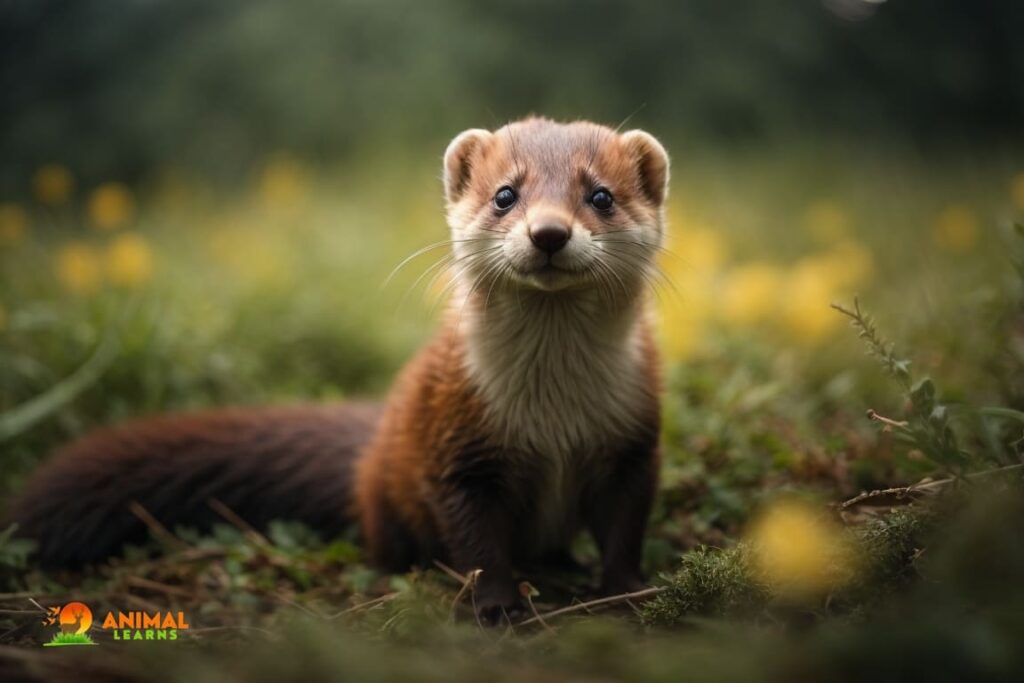
Scientific Name: Various species (e.g., Mustela nivalis)
Size: Varies by species, typically 6-13 inches (15-33 cm) long
Weight: Varies by species, usually less than 1 pound (0.5 kg)
Location: Weasels have a global distribution, inhabiting various habitats.
Weasels are small, slender meat-eaters with a sleek body shape. They are good hunters and can fit into narrow spaces to chase their prey. Weasels have long, bendy bodies that let them slip into burrows and cracks in search of rodents and other small mammals.
Pronghorn
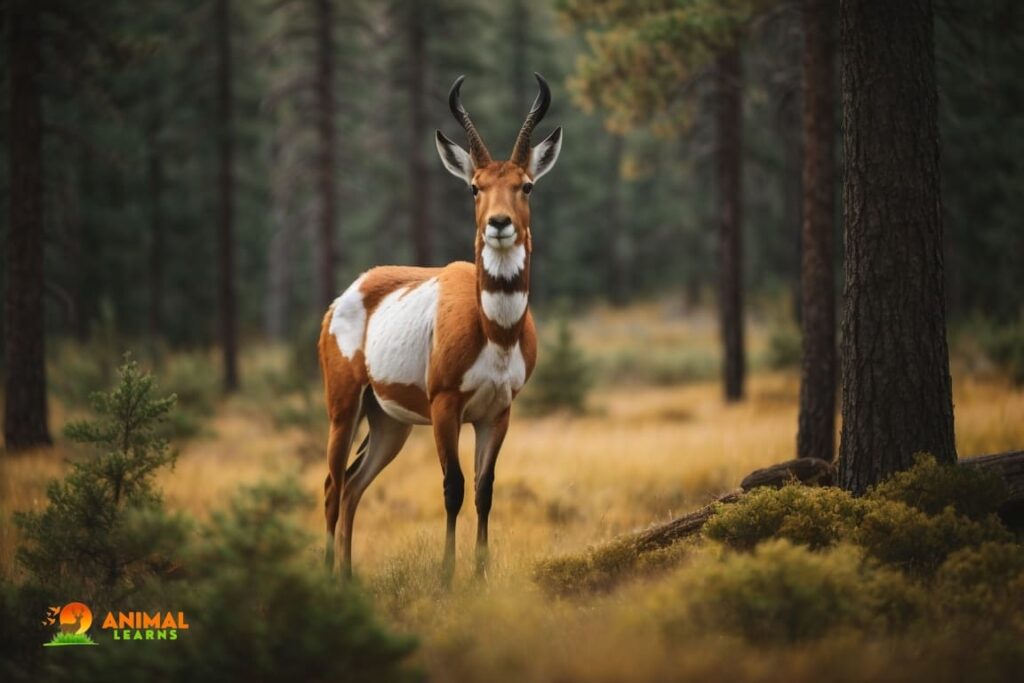
Scientific Name: Antilocapra americana
Size: About 3-4.5 feet (0.9-1.4 meters) tall at the shoulder
Weight: 90-150 pounds (41-68 kg)
Location: Native to North America, particularly in grasslands and deserts.
Pronghorns are North American mammals with a lean and graceful build. They are famous for their amazing speed and are often thought of as the fastest land animals in the Western Hemisphere. Their slender legs and light bodies let them run at speeds of up to 60 miles per hour, making them well-adapted to escaping predators like coyotes and wolves.
Wallaby

Scientific Name: Various species (e.g., Macropodidae)
Size: Ranges from 1 to 6 feet (0.3-1.8 meters) long
Weight: Varies by species, typically between 5 and 50 pounds (2-23 kg)
Location: Wallabies are marsupials found in Australia and nearby islands.
Wallabies are marsupials related to kangaroos but smaller and lighter. They have slim, agile bodies that help them hop through different habitats in Australia and nearby islands, from forests to grasslands. Wallabies’ slender physiques help them move smoothly through these environments while eating grasses and plants.
Kangaroo
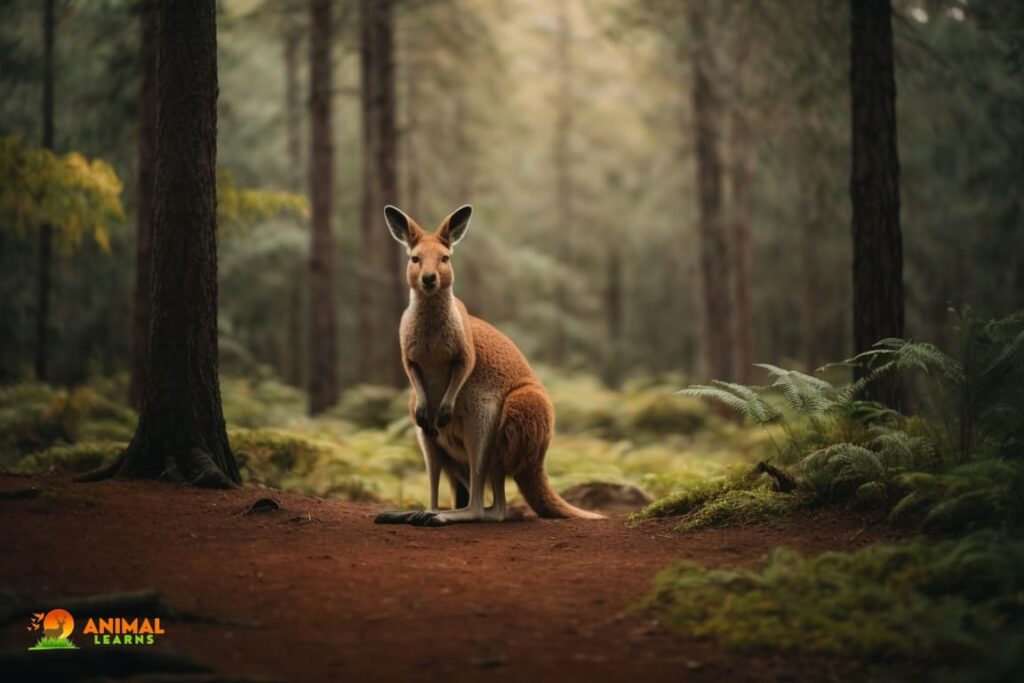
Scientific Name: Macropus
Size: Varies by species, but generally 3-8 feet tall
Weight: 20-200 pounds
Location: Australia and nearby regions
When thinking of skinny animals, you might picture kangaroos. These amazing marsupials have strong back legs and thin torsos that let them hop for miles and miles. They can go as fast as a car on the highway! Kangaroos have a special body shape that helps them save energy while they move around the beautiful Australian scenery.
Antelope
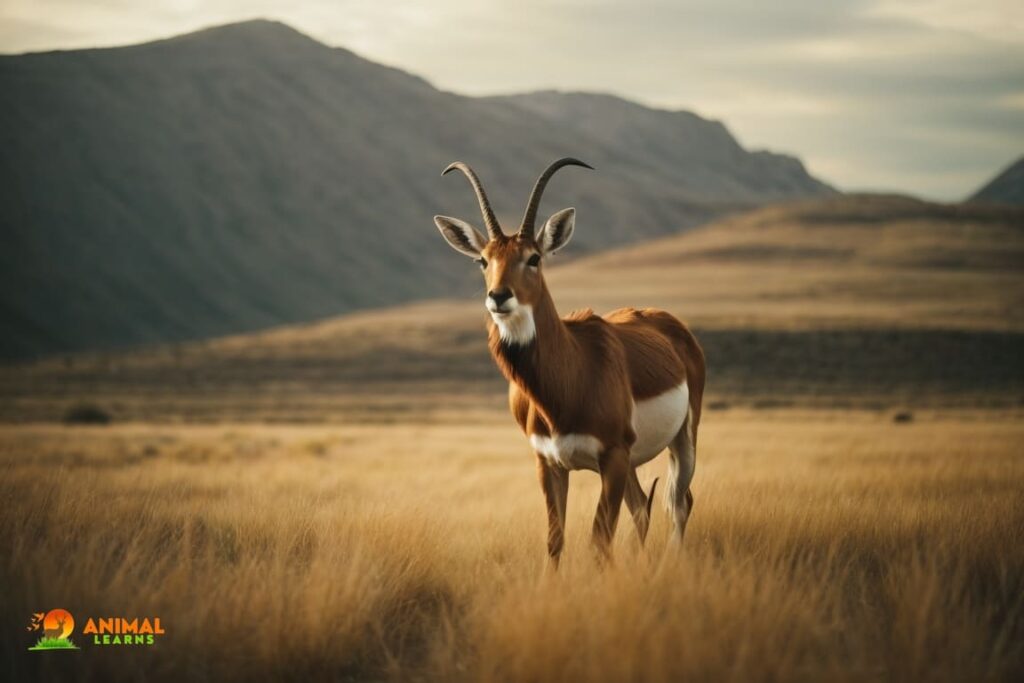
Scientific Name: Various species
Size: Varies by species, but generally 3-6 feet tall
Weight: 50-1,500 pounds
Location: Africa, Asia, and parts of the Americas
Antelopes are graceful plant-eaters with slim bodies and long, lovely legs. They are speedy and nimble, and you can often see them on the African grasslands. They have a clever way of avoiding predators by running in different directions, and they can jump high and far as they explore their surroundings.
Cheetah
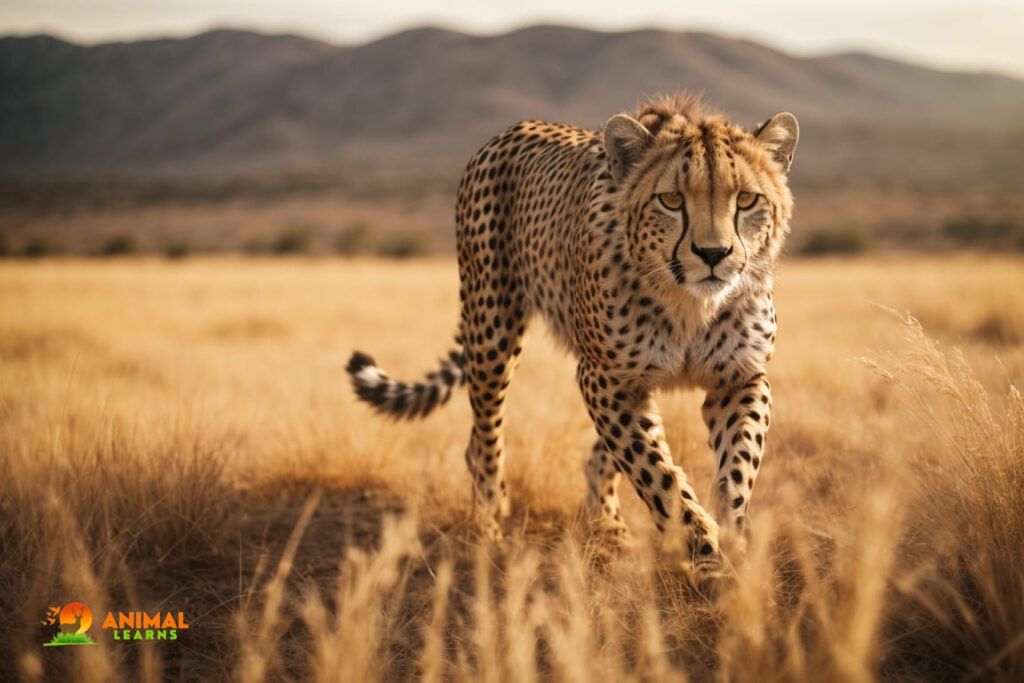
Scientific Name: Acinonyx jubatus
Size: 3-5 feet long (excluding tail)
Weight: 75-150 pounds
Location: Africa and a few isolated populations in Iran
Cheetahs are the champions of speed. They have slim, muscular bodies and amazing speed that make them the fastest animals on land. They can catch any prey they want with their quick acceleration and agility. Cheetahs have a light and sleek body structure that helps them move like a rocket on the African savannas.
Siamese Cat

Scientific Name: Felis catus (domestic cat)
Size: 8-10 inches tall (shoulder height)
Weight: 6-14 pounds
Location: Worldwide, as a domesticated breed
Siamese cats, among the skinny animals, are elegant and slender cats with blue eyes shaped like almonds and unique markings on their ears, faces, paws, and tails. They have a smooth and graceful way of moving around. Siamese cats are also very vocal and loving, and they enjoy being around people.
Ocelot
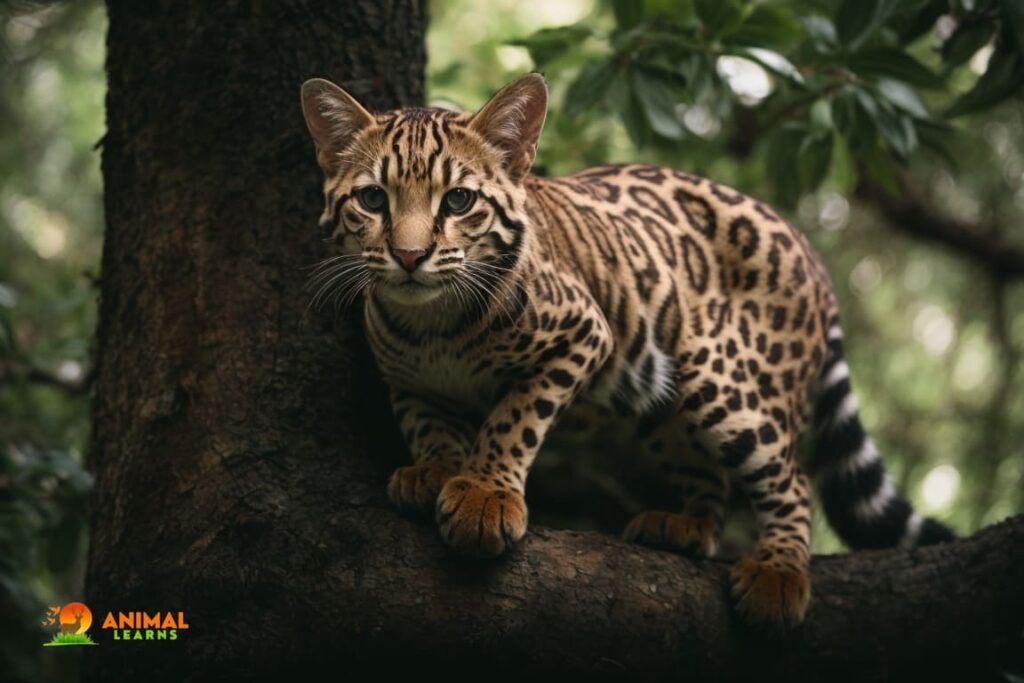
Scientific Name: Leopardus pardalis
Size: 2-3 feet long (excluding tail)
Weight: 15-35 pounds
Location: South and Central America, parts of North America
Ocelots are small but fierce wild cats that live in the Americas. They have spotted coats that help them blend in with their environment. They are very good at hunting, thanks to their agile and lean bodies. Ocelots are sneaky and smart hunters who can find their prey in the thick forests and jungles where they live.
Mongoose
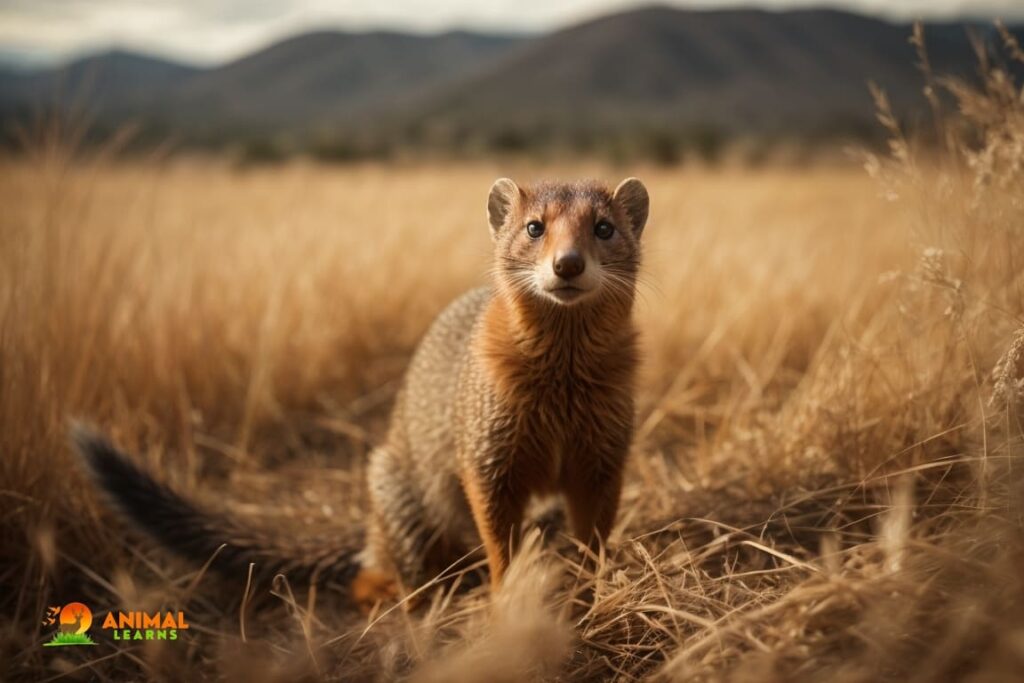
Scientific Name: Various species (Herpestidae family)
Size: Varies by species, typically 7-26 inches long
Weight: 0.5-5 pounds
Location: Africa, Asia, and some islands
When you see a mongoose, you might be amazed by its sleek and slender body. This small meat-eater is very agile and can squeeze through narrow spaces and burrows. It has a special body that helps it hunt for food, with sharp teeth and a good nose. It can catch snakes, insects, and other small animals with ease.
Pangolin
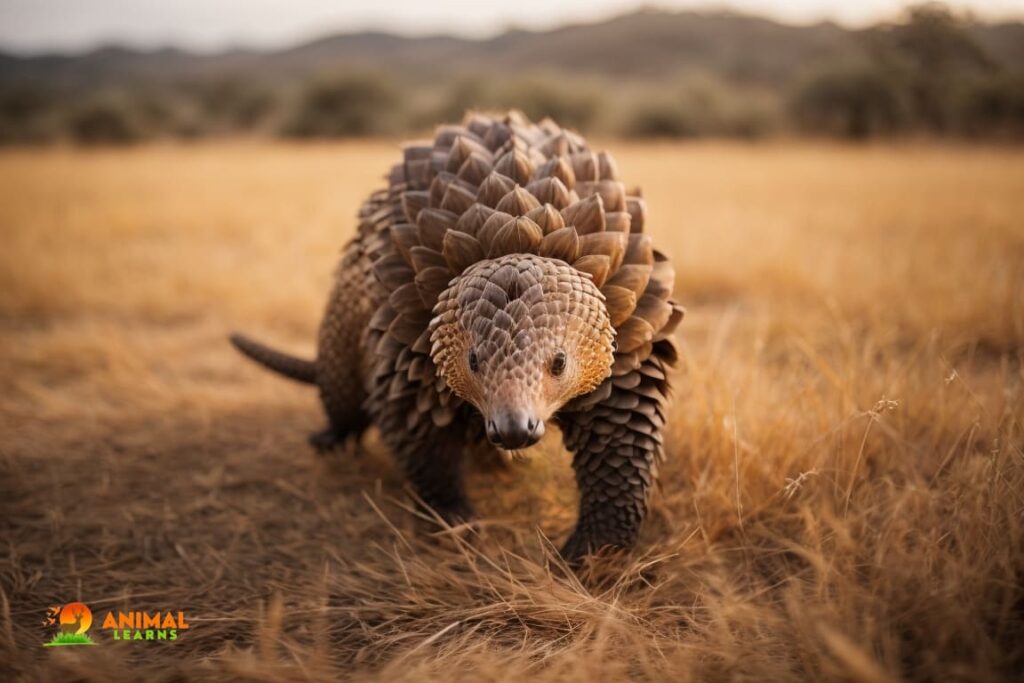
Scientific Name: Various species (Manis genus)
Size: 12-39 inches long (excluding tail)
Weight: 2-73 pounds
Location: Africa and Asia
Pangolins are one-of-a-kind animals with their thin, overlapping scales that look like armor. They might seem heavy because of their scales, but they actually have a slender body underneath. Pangolins love to eat insects, especially ants and termites. They use their long, sticky tongues to lick them up. Sadly, they are in danger because of illegal trade and habitat loss.
Jerboa
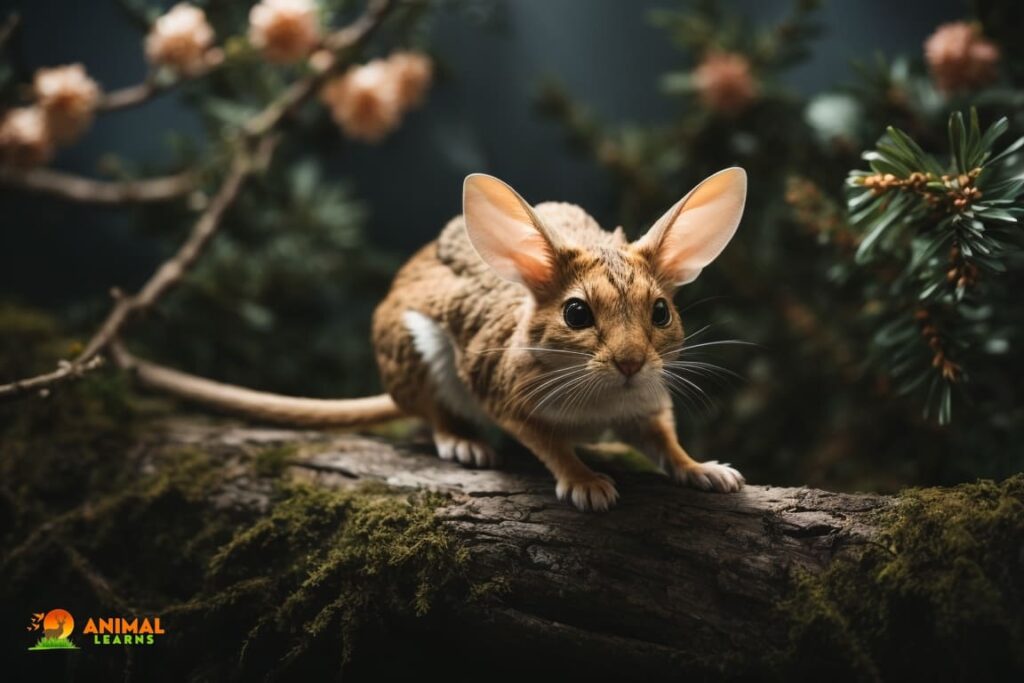
Scientific Name: Various species
Size: 2-6 inches tall (excluding tail)
Weight: 1-4 ounces
Location: Deserts and grasslands of Asia and Africa
Jerboas are tiny rodents that live in dry areas of North Africa and Asia. They are famous for their long legs, which make them look very skinny and nimble, much like other skinny animals. These legs help them jump far distances, like kangaroos, and escape predators and find food in the desert.
Gibbon
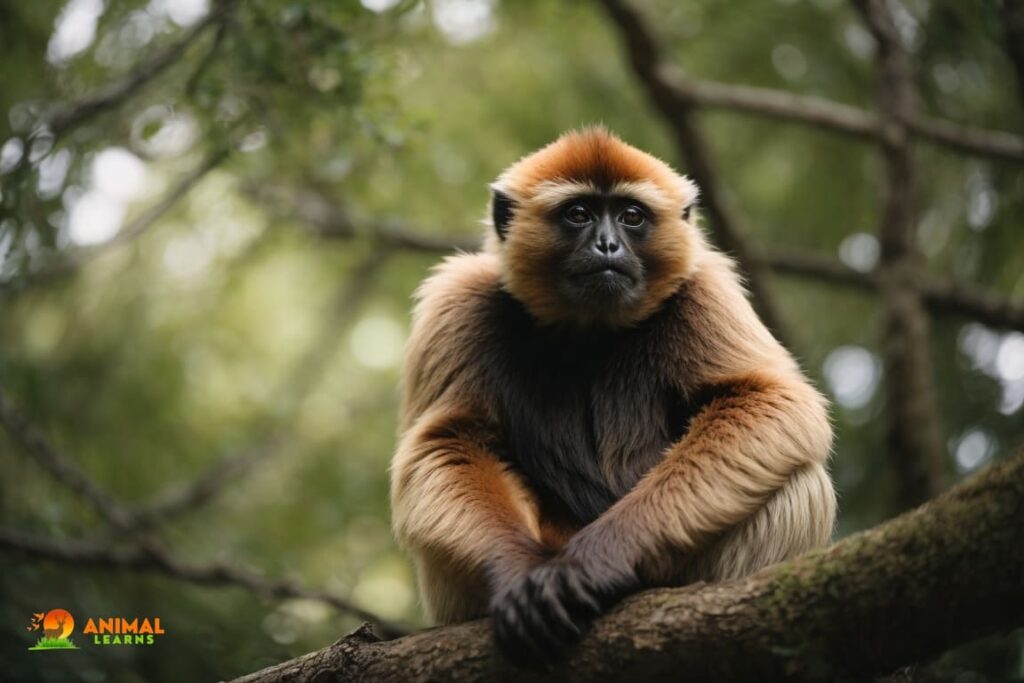
Scientific Name: Hylobatidae family
Size: 16-25 inches tall
Weight: 9-30 pounds
Location: Southeast Asia, including rainforests
Gibbons are skinny, tree-dwelling apes that live in the forests of Southeast Asia. They have long, lean limbs and agile bodies that help them swing through trees. Gibbons are known for their amazing acrobatics and musical calls, which they use to talk to their family members high in the forest canopy.
Fennec Fox
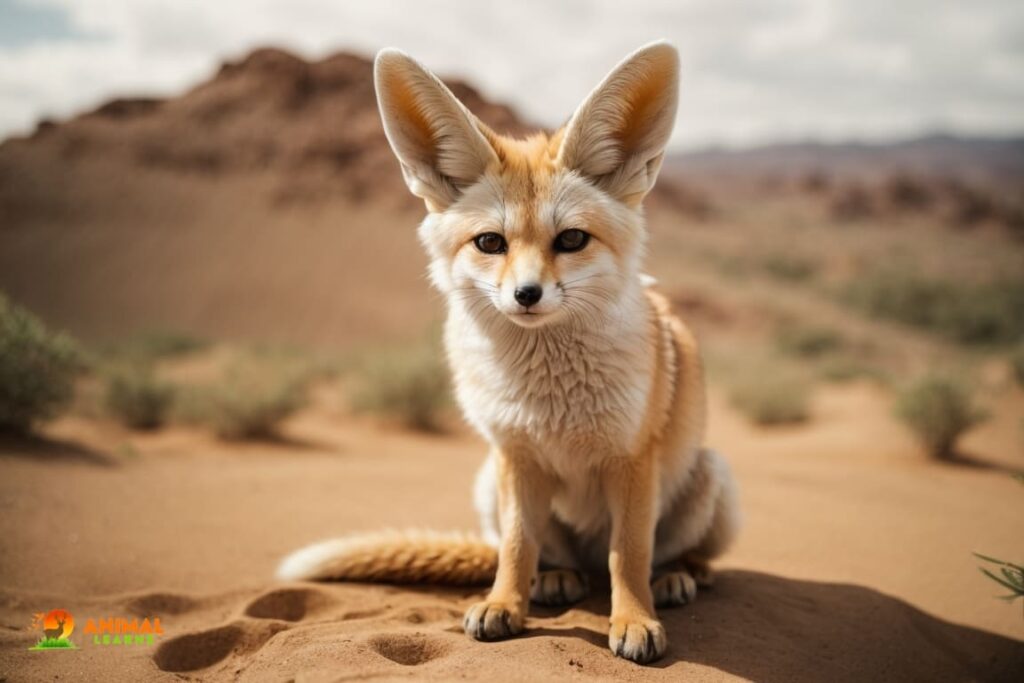
Scientific Name: Vulpes zerda
Size: 9 to 16 inches
Weight: 1 to 3.5 pounds
Location: Sahara Desert and North Africa
The fennec fox is famous for its small size and skinny build. It has huge ears, which help it stay cool in the desert heat. It is well-adapted for dry environments. These small foxes are active at night and mainly eat insects, small rodents, and plants.
Gerbil
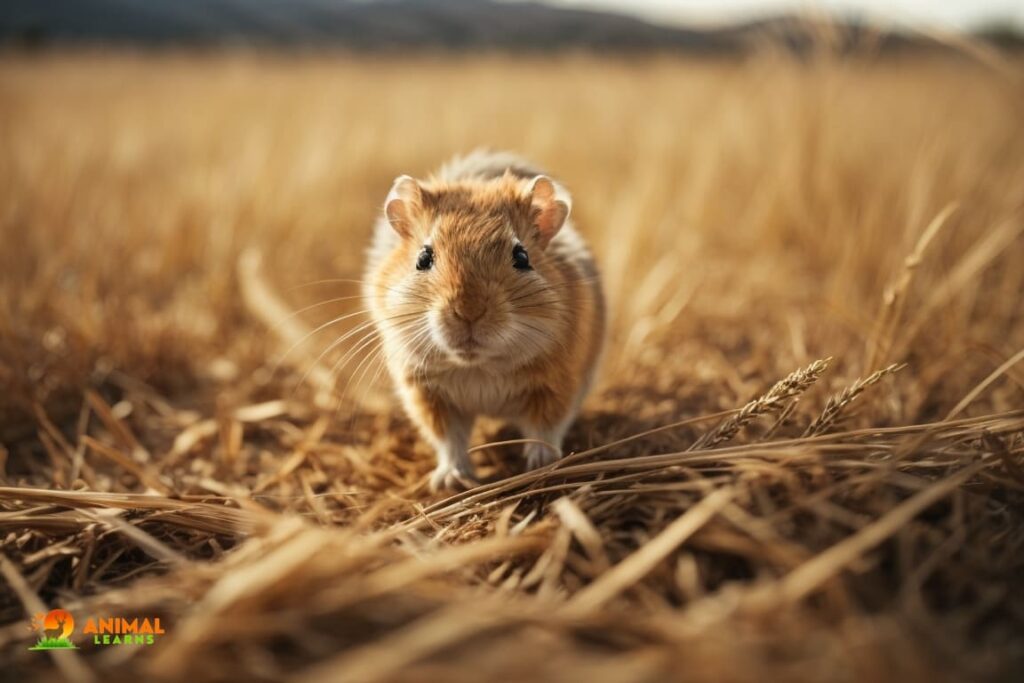
Scientific Name: Gerbillinae (Subfamily)
Size: 4 to 12 inches
Weight: 1 to 4 ounces
Location: Arid regions of Africa, Asia, and the Middle East
Gerbils are small, digging rodents with slim bodies and long tails. They are social animals that live in groups and are sometimes kept as pets. They are fun to watch as they run around their cages with energy and agility. They eat plants, mostly seeds and grains.
Stoat

Scientific Name: Mustela erminea
Size: 7 to 12 inches
Weight: 3 to 10 ounces
Location: Northern regions of North America, Eurasia, and New Zealand
Stoats, also called ermines when they have white winter coats, are skinny meat-eating mammals that live in different habitats, such as forests and grasslands. They have long, flexible bodies and sharp hunting skills that make them good predators. They mostly hunt small rodents and birds.
Armadillo

Scientific Name: Dasypodidae (Family)
Size: 6 to 48 inches
Weight: 3 ounces to 120 pounds (varies by species)
Location: Americas, primarily in South and Central America
Armadillos might look chubby because of their armored shells, but they actually have skinny, long bodies under that protection. These armored animals are from the Americas and have a unique appearance. Armadillos use their sharp claws to dig and eat insects and grubs. They can curl up into a ball to protect themselves from predators.
Pika

Scientific Name: Ochotona (Genus)
Size: 6 to 8 inches
Weight: 3 to 6 ounces
Location: Mountainous regions of North America and Asia
Pikas are adorable animals that live in the mountains, especially in Asia and North America. They are related to rabbits, but they have slimmer bodies that help them survive in high places. They are very agile and can run among rocks and cracks, where they collect plants to save for winter.
Capybara
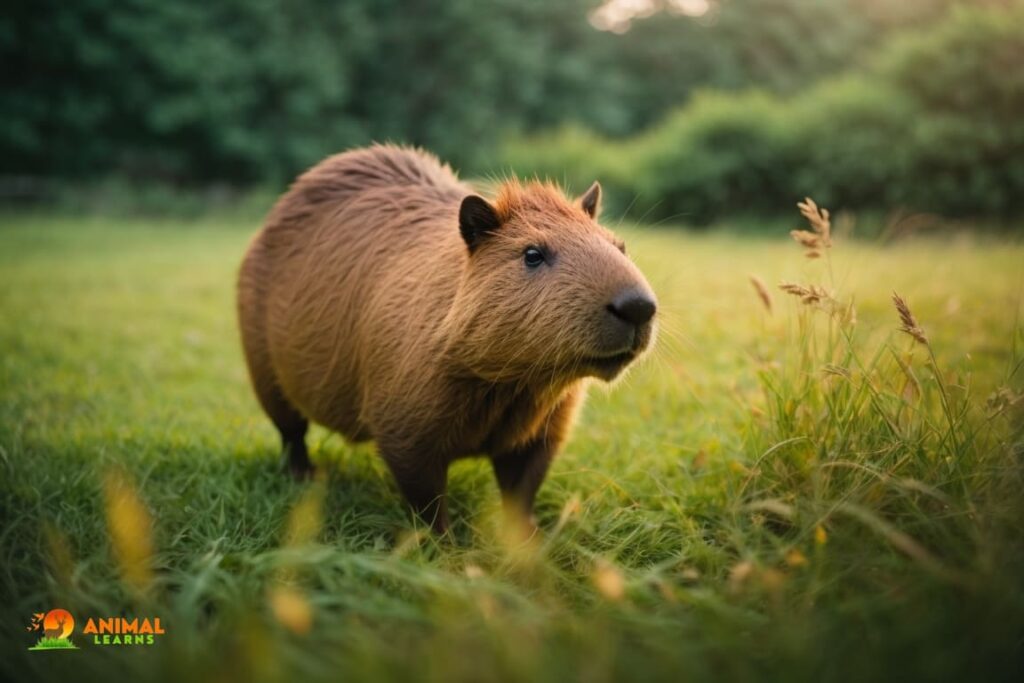
Scientific Name: Hydrochoerus hydrochaeris
Size: 2.5 to 3.6 feet
Weight: 77 to 146 pounds
Location: South America, primarily in the Amazon Basin
The capybara is a giant rodent with a sleek and long body. Even though they are big, they look skinny because of their tall legs and thin build. Capybaras like to be near water, and they can swim and walk well. Their slender bodies help them travel on both land and water.
Bilby
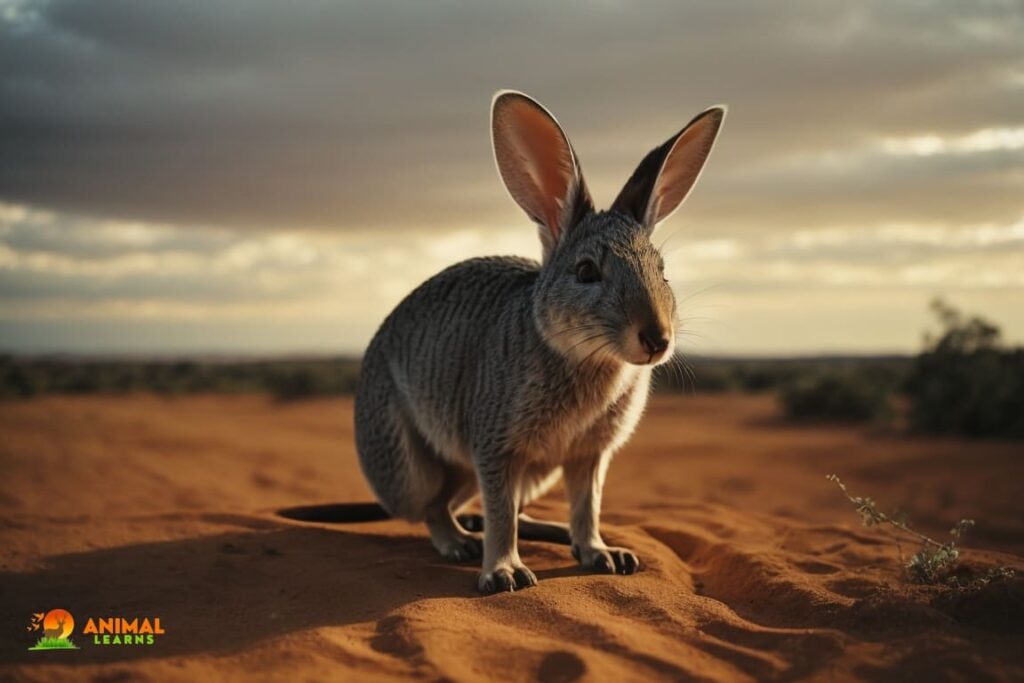
Scientific Name: Macrotis (Genus)
Size: 10 to 12 inches
Weight: 2 to 4 pounds
Location: Arid regions of Australia
Bilbies are marsupials from Australia, with slender bodies and long, pointed noses. They are small and active at night, and they can live in dry places. Their slim frames help them move through the sandy deserts and find food like insects and seeds.
Tarsier
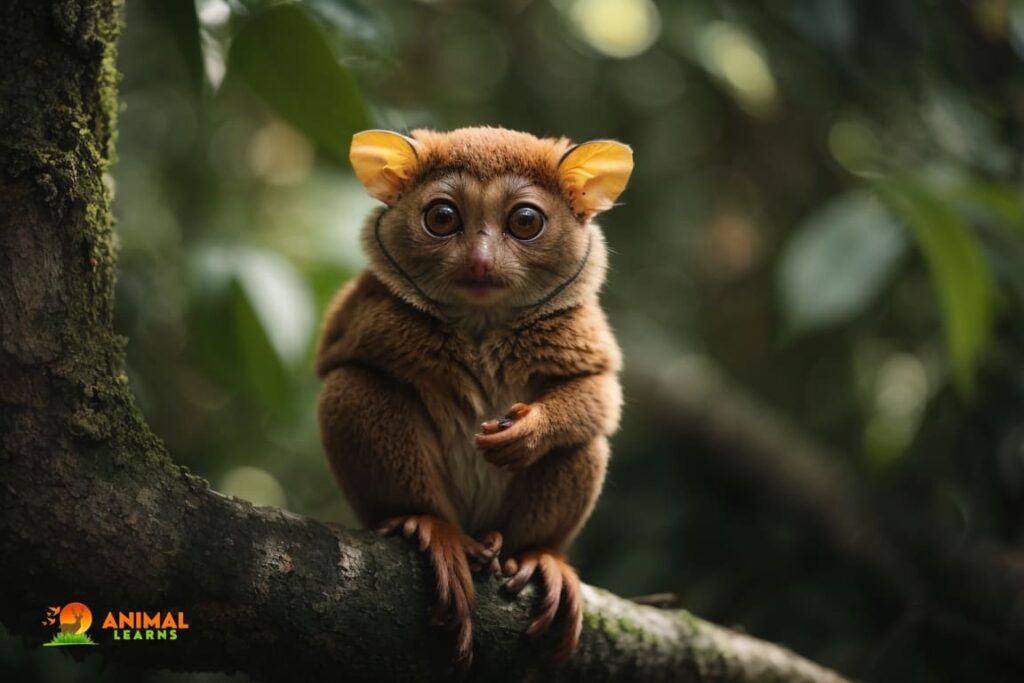
Scientific Name: Tarsiidae (Family)
Size: 3.5 to 6 inches
Weight: 2 to 4 ounces
Location: Southeast Asia
Tarsiers are tiny primates with very thin bodies, big eyes, and long fingers. They are good at climbing trees and jumping from one to another to catch insects. Their slim shapes help them move smoothly through the thick leaves of Southeast Asian forests, where they mostly live.
Maned Wolf
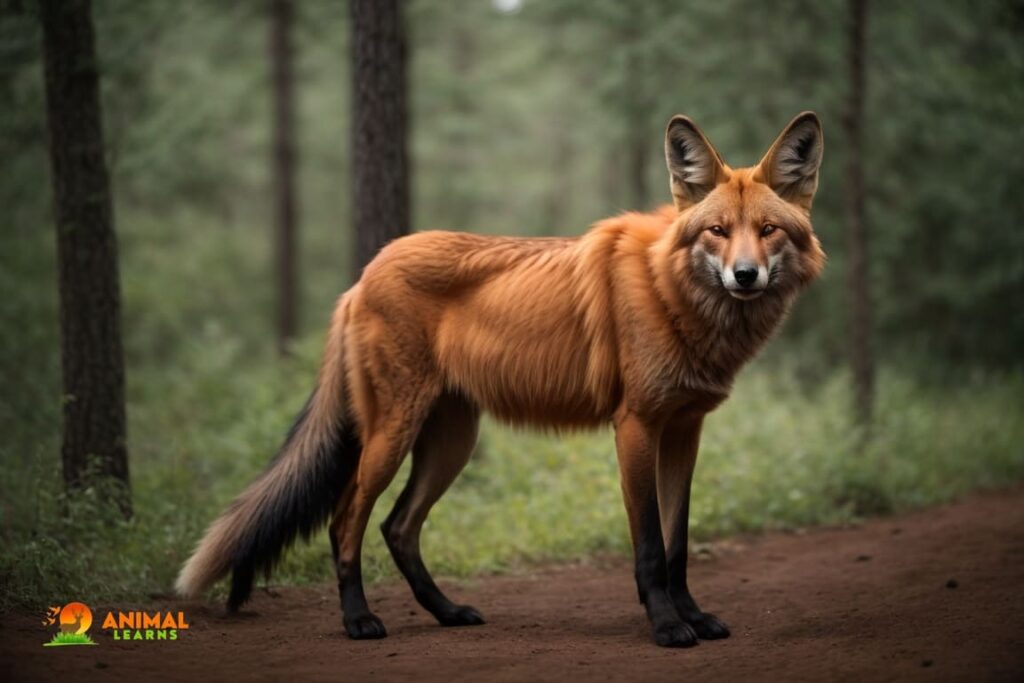
Scientific Name: Chrysocyon brachyurus
Size: 2.6 to 3.3 feet
Weight: 44 to 51 pounds
Location: South America, primarily in Brazil
The maned wolf is a special kind of dog from South America. Even though it is the biggest dog in the area, it has long, skinny legs and a lean body. Maned wolves eat both fruits and small animals. Their skinny bodies help them cover large areas in search of food.
Hyrax
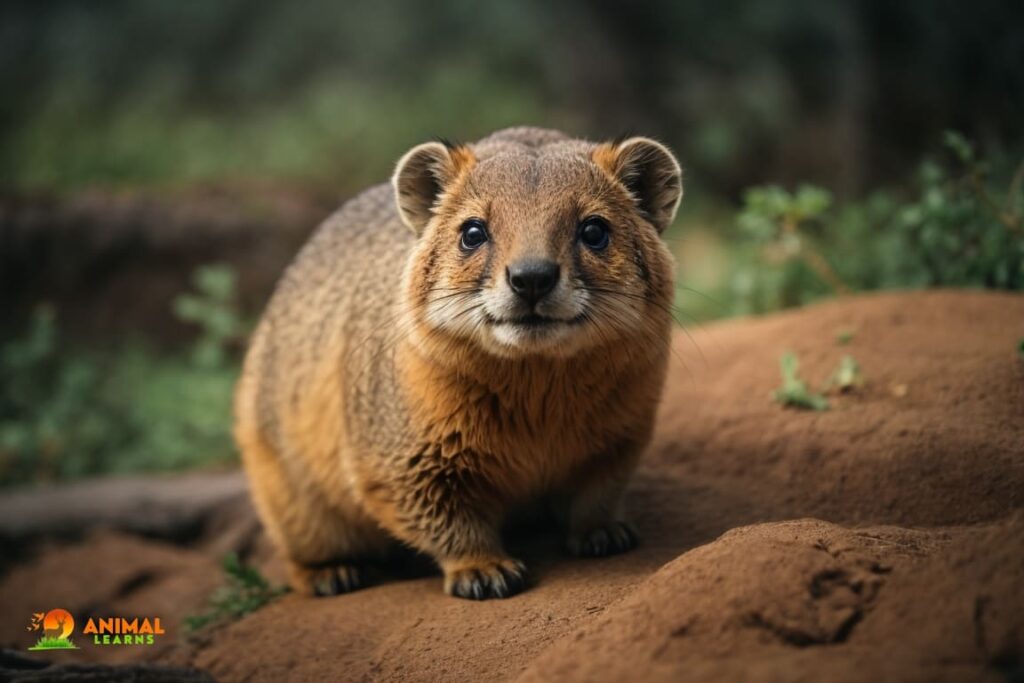
Scientific Name: Procavia capensis (Rock Hyrax)
Size: 10 to 12 inches
Weight: 4 to 11 pounds
Location: Africa and the Middle East
Hyraxes are small, plant-eating animals /mammals from Africa and the Middle East. They have small, slender bodies with short legs. Even though they are small, they are very fast and can climb rocks easily, making use of their lean and quick physique.
Genet
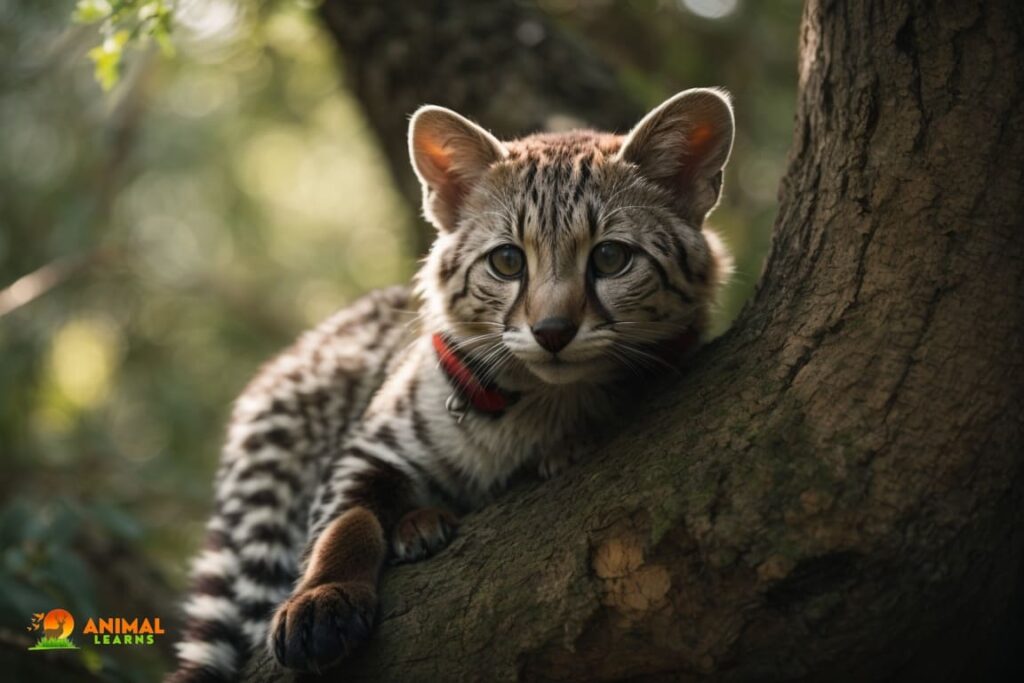
Scientific Name: Genetta (Genus)
Size: 16 to 28 inches
Weight: 1.5 to 4.4 pounds
Location: Africa and parts of Asia
Genets are skinny, cat-like carnivores from Africa. They have long bodies with spots and stripes, looking like a cross between a mongoose and a cat. Their thin frames help them hunt well, sneaking up on prey in the dark.
Binturong
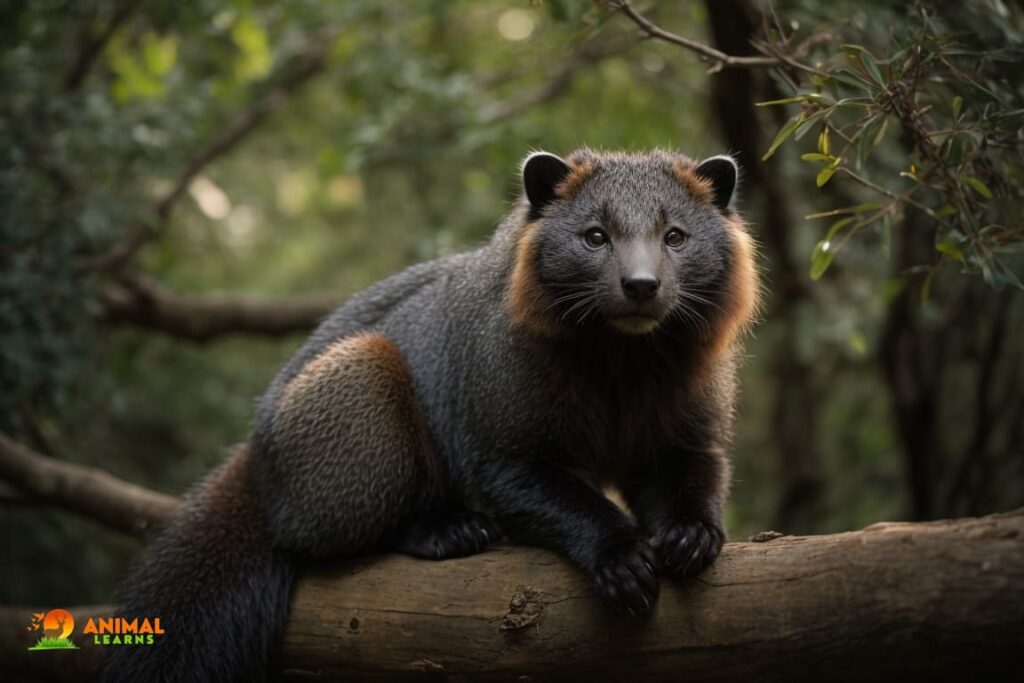
Scientific Name: Arctictis binturong
Size: 2.5 to 3.3 feet
Weight: 22 to 44 pounds
Location: Southeast Asia
Binturongs, also called bearcats, are furry animals that live in trees in Southeast Asia. They have long tails that can hold onto branches and slender bodies covered in shaggy fur. Their sleek build helps them climb trees and move through the thick forests where they live.
Kinkajou
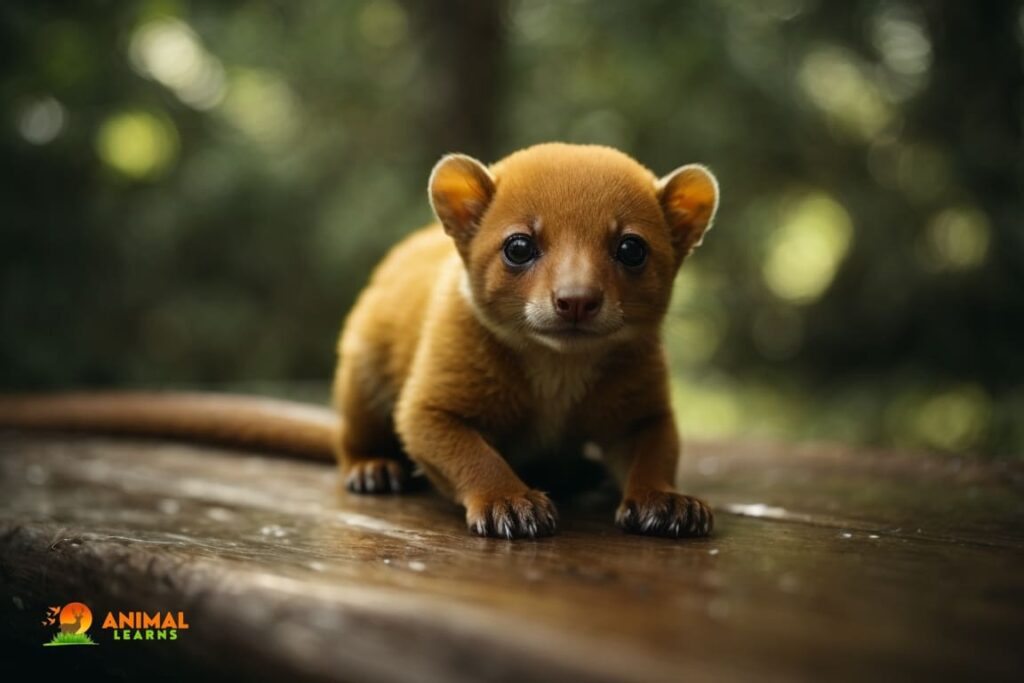
Scientific Name: Potos flavus
Size: 15 to 24 inches
Weight: 2 to 3 pounds
Location: Central and South America
Kinkajous are small mammals that live in the rainforest with slender bodies and long tails that can grab things. They have long, thin tongues that can get nectar from flowers, helping them spread pollen in their ecosystems.
Kinkajous’ slender bodies are important for their agile movements among the branches and their unique eating habits in the treetops of Central and South America.
Exploring Skinny Animal Characteristics
The animal kingdom’s diversity is a testament to the wonders of evolution. Among its inhabitants, you’ll find Animals with Skinny Legs, such as the stork, which has long and slender limbs ideal for wading through water in search of prey. Meanwhile, Animals with Skinny Tails, like certain lemurs, have evolved tails adapted for balance and communication.
Additionally, there are Animals with Skinny Faces, like the elegant flamingo, which boasts a slender and distinctive beak. These creatures often possess Skinny Eyes, Skinny Necks, Skinny Heads, and even Skinny Arms, each feature tailored to their specific ecological niche.
As you explore this rich diversity, remember that not all skinny animals are undernourished; many have evolved these characteristics as part of their natural adaptation to their environments.
Conclusion
In conclusion, the world of wildlife boasts a fascinating array of skinny animals, each uniquely adapted to their environments and lifestyles. They have slim bodies that help them move fast, hunt well, and survive in their habitats.
Whether they live in the cold Arctic, the hot Sahara, or the dry regions of the world, these skinny mammals are fascinating examples of nature’s diversity and creativity. They show us how life can flourish in different places and how nature can shape animals for their roles in the ecosystem.
FAQs
What are skinny animals?
Skinny animals are creatures with naturally slender physiques, adapted to their environments for survival. They may appear thin, but they are not necessarily malnourished.
Are skinny animals unhealthy?
Not necessarily. Many skinny animals are perfectly healthy and have evolved to be slim as a natural adaptation to their ecological niches.
What role do skinny animals play in ecosystems?
Skinny animals, like all creatures, contribute to the balance of their ecosystems. They may serve as prey for larger animals or play unique roles in food chains and ecological processes.
What are some examples of naturally skinny animals?
Examples include the cheetah, gazelle, flamingo, and meerkat, all of which have evolved slim body shapes for specific purposes in their ecosystems.
Are skinny animals always smaller in size than their counterparts?
Not necessarily. While some skinny animals are smaller, others can be of average or even large size, depending on their species and evolutionary adaptations.



